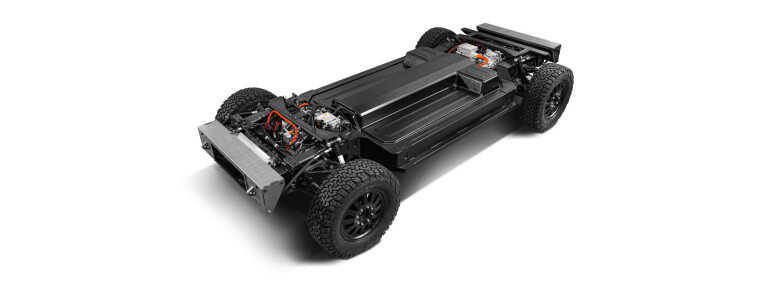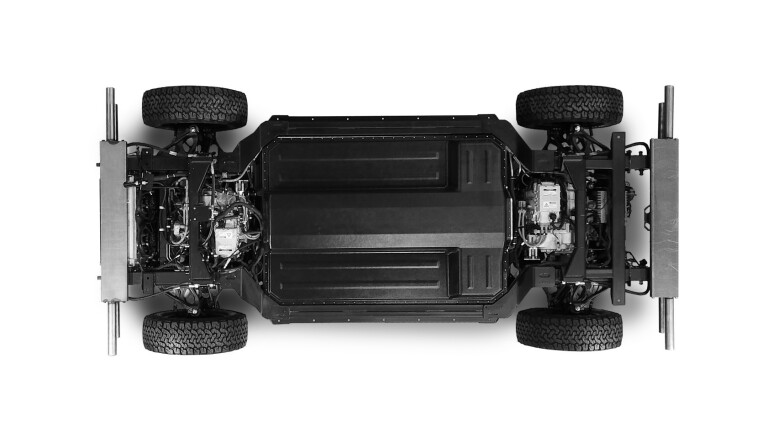
Devotees of the internal combustion (IC) engine – that’s probably you – may think the arrival of electric vehicles will end life on earth as we know it. I’m here to tell you that things won’t be all bad – in fact, things could be surprisingly good.
Most importantly, the electric motor is eminently well-suited to automotive use. Maximum torque right from zero revs translates to low-rpm driveability and flexibility that even the most muscular piston engine can only dream about. Add to that a near endless rpm limit to exploit, again something that an IC engine can only dream about given the reliability and longevity issues imposed by higher piston speeds and piston acceleration.
No reciprocating mass – only a rotating mass – also means there’s no inherent vibration with an electric motor. In contrast, popular-design IC engines – in-line fours and even V6s – often employ power-robbing and complexity-adding counter-rotating balance shafts to smooth things out. Even V8s, despite the cross-plane crankshafts of production engines, aren’t 100 per cent free of vibration. Flat-plane-crank V8s vibrate even more.

Then there’s the question of simplicity. Modern IC engines with their sophisticated electronics and complex forced-aspiration and fuel-delivery systems and the like are that advanced compared to IC engines of 30 or 40 years ago, that they may as well be powering the next space shuttle. All this complexity comes from the need to produce saleable and refined performance while still meeting stringent and increasingly overbearing exhaust emissions standards.
The number of moving parts – crankshaft, conrods, pistons, valves, camshafts, multiple high- and low-pressure fuel pumps, fuel injectors that switch at warp speeds, coolant pumps, fans, and often more than one turbo, is mind boggling. Compare that with an electric motor with one moving part. The whole EV powertrain is then made that much simpler as you don’t even need a gearbox such is the broad-rpm flexibility of an electric motor. In contrast, IC engines employ gearboxes to compensate for their relatively narrow power bands. Ten-speeds? Really?
Then there’s the ease of maintenance with an EV. No engine oil or engine-oil filter to change. No engine-air filter to clean or change. Much reduced brake maintenance too, given the electric motor’s regenerative braking (where it makes electricity to repower the battery) largely negates the use of wheel brakes, especially so with the appropriate driving technique.

All that’s the good – no, the great – news. The bad news is EV batteries, which are still a flawed and limiting technology given their slow recharge times and poor energy density, which impacts on the battery size/driving range trade-off. An EV battery that takes up the same space as a petrol or diesel fuel tank in an equivalent vehicle won’t take you as far, everything else being equal.
EVs powered by hydrogen fuel cells solve the battery problem, but hydrogen-delivery infrastructure is even more problematic to build than battery-charging infrastructure. And without the necessary supporting infrastructure, neither technology will succeed.
Does any of this matter right now? Probably not, given it seems IC engines still have a while to run and won’t disappear anytime soon. The fact Toyota has invested heavily in brand-spanking-new high-tech turbo-diesel technology for its upcoming LandCruiser 300 Series is evidence of this. Perhaps more encouraging is news that a diesel-electric hybrid powertrain is in the wings for the Hilux and Prado.

COMMENTS